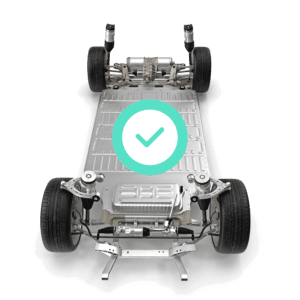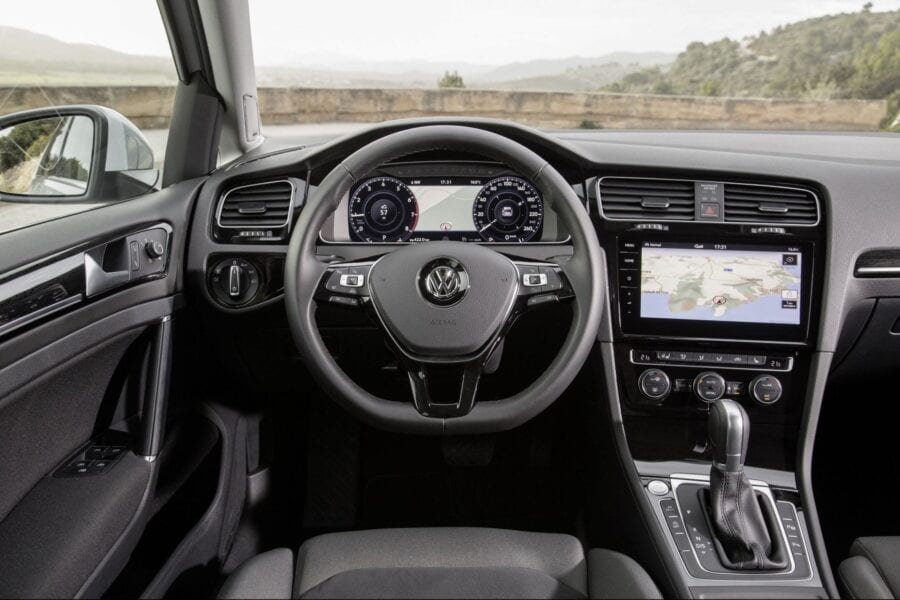
2020: processing of accumulators for electric vehicles
Content
The electric vehicle market is booming and the first cars to be launched are nearing the end of their lifespan. The inevitable question arises: what are we going to do with the batteries of electric vehicles?
In this way, battery recycling represents a strong interest in the current ecological transition, and some of them are already joining recycling centers.
According to Christelle Borys, president of the Strategic Committee for the Mining and Metals Sector, "from 50, and even more likely by 000, about 2027 2030 tons will be processed."
Indeed, according to estimates battery recycling can reach 700 tons in 000.
What is the battery life before disposal?
Old batteries
Lithium-ion batteries in electric vehicles wear out over time, with an average lifespan of 10 years.
Certain factors can accelerate this aging process, resulting in decreased performance and range of an electric vehicle. We invite you to read our article on battery life for more information.
Therefore, taking care of the battery is very important in order to prolong the life of your electric vehicle. You can check the condition of your vehicle's battery with a trusted third party such as La Belle Batterie. In just 5 minutes from home, you can diagnose your battery. Then we will give you battery certificate indicating in particular the SoH (health status) of your battery.
Warranties and replacement
Replacing the traction battery is very expensive, ranging from 7 to 000 euros. This is why manufacturers offer electric vehicle battery warranties for both full vehicle purchase and battery rental.
In most cases, the battery is guaranteed for 8 years or 160 km, for SoH more than 75% or 70%... Thus, the manufacturer undertakes to repair or replace the battery if the SoH falls below 75% (or 70%) and the vehicle is less than 8 years old or less than 160 km. Warranty conditions may vary depending on the manufacturer.
In addition, even if this practice disappears, it is possible to rent an electric vehicle with a battery. In this case, battery life is “guaranteed” for a specific SoH, and motorists must pay a monthly rent, which often depends on the number of kilometers traveled per year.
Battery end of life and recycling
Battery recycling: what the law says
French and European legislation officially prohibits the incineration or disposal of electric vehicle batteries in landfills.
European Directive 26 September 2006Directive 2006/66 / EC) pertaining to batteries and accumulators requires “recycling of all lead (minimum 65%), nickel/cadmium (minimum 75%) batteries, as well as recycling of 50% of the materials contained in other types of batteries and accumulators. “
Lithium-ion batteries are classified in the third category and must be recycled at least 50%.
Also under this directive, battery manufacturers are responsible for recycling batteries at the end of their useful life. Thus, "manufacturer obligation to collect batteries at own expense (Article 8), recycle them and work with a recycler who guarantees 50% recycling (Articles 7, 12…). “
Where is the battery recycling industry today?
In France, the recycling industry can now recycle over 65% of lithium batteries. In addition, it tends to become a European sector, forming with other countries such as Germany,” Cordless Airbus .
Today, the main players in recycling are the producers themselves, as well as the producers who specialize in recycling. Manufacturers like Renault are trying to find viable solutions:
SNAM, a French battery recycling company, plays an important role in limiting the environmental impact of used batteries.
The company has 600 employees in two factories and processes over 600 tonnes of batteries for electric or hybrid vehicles per year. Their expertise is in disassembling batteries and then sorting different components to destroy them permanently or to melt them to recover certain metals: nickel, cobalt, or even lithium.
Frédéric Sahlin, Marketing and Sales Director at SNAM, elaborates: “The French requirement is to recycle 50% of Li-Ion batteries. We recycle over 70%. The rest is destroyed and burned, and only 2% remains buried.
Mr. Salin also states that “the battery industry today is not profitable, it lacks volume. But in the long run, the industry can make money by reselling and reusing metals. ”
Before disposal: repair and second life of batteries
Repair battery
When there is a problem with an electric vehicle battery, most manufacturers offer a proposal to replace it, not repair it.
When it comes to dealerships and mechanics, they often don't have the experience to repair an electric vehicle battery. Indeed, opening a traction battery is dangerous and requires qualified and trained personnel.
Nevertheless, Renault repairs several thousand batteries a year at its factories in Flains, Lyons and Bordeaux. Most of the repairs are free for customers if their vehicle is under warranty, especially with a rented battery.
Other companies, such as a French one, are also starting to repair electric vehicles. CMJ Solutions... The company can repair the battery of an electric vehicle at a price much more attractive than replacing it: from 500 to 800 €.
According towe, several auto repairmen wrote an open letter to make it possible to repair electric vehicle batteries. They then propose to put pressure on builders so that other specialist companies can carry out repairs.

Second life of batteries in stationary use
When the battery capacity of an electric vehicle drops below 75%, it is replaced. Moreover, it is no longer enough to offer an adequate range for an electric vehicle. However, even at less than 75%, the batteries still work and can be used for something else, especially stationary storage.
This includes storing electricity in batteries for various purposes: storing renewable energy in buildings, in electric charging stations, strengthening electrical grids, and even to power electric vehicles.
The most famous storage of electricity is carried out using electrochemical batteries, the most commonly produced of which is the lithium-ion battery.
